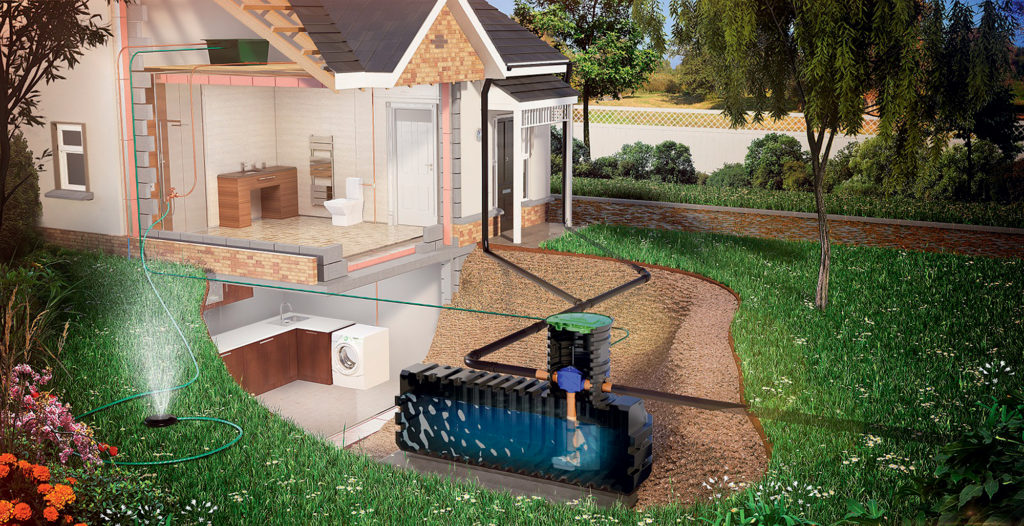As the construction industry faces growing pressure to reduce its environmental impact, the future of green construction is becoming increasingly important. Sustainable building materials and practices are at the forefront of this shift, offering solutions that benefit both the environment and the people who live and work in these spaces.
Sustainable Building Materials
- Recycled Materials: Recycled steel, glass, and wood reduce waste and energy consumption in production.
- Bamboo: A fast-growing, renewable material known for its strength and minimal environmental impact.
- Hempcrete: A carbon-negative, mold-resistant alternative to concrete, ideal for insulation and structure.
- Reclaimed Wood: Salvaged wood from old buildings reduces the need for new timber and offers unique aesthetic appeal.
- Low-VOC Paints: These paints improve indoor air quality by minimizing harmful chemicals in the air.

Energy-Efficient Practices
- Passive Design: Building designs that utilize natural light and airflow to reduce energy consumption.
- Smart Technologies: Automated systems for lighting, heating, and cooling that improve energy efficiency.
- Solar and Wind Power: Renewable energy sources integrated into buildings to reduce reliance on fossil fuels.
Water Conservation
- Rainwater Harvesting: Collecting rainwater for non-drinking uses like irrigation and cooling.
- Low-Flow Fixtures: Using water-efficient faucets and toilets to reduce water consumption.
- Greywater Recycling: Reusing wastewater from sinks and showers for landscaping or other non-potable uses.

Sustainable Construction Practices
- Modular and Prefabricated Construction: Pre-built components reduce construction waste and time.
- Construction Waste Management: Recycling and reusing materials to minimize waste.
- Low-Impact Site Preparation: Preserving the natural environment during construction through careful planning.
Green Certifications
Certifications like LEED and BREEAM are increasingly sought after as a way to measure and ensure sustainability in construction projects.
Conclusion
Green construction is the future of the industry, with sustainable materials, energy-efficient practices, and innovative techniques leading the way. By adopting these methods, the construction industry can reduce its environmental footprint while creating healthier, more sustainable spaces for generations to come.
